Automation of the Light/Dark test requires support for hidden zones and a comprehensive selection of locomotor related results.
ANY-maze typically uses a 'hidden zone' (an area where the camera can’t see the animal) to automate the light/dark test. However, with the inclusion of an ANY-maze IR illuminator, activity in the dark can also be detected, making the results that ANY-maze reports even more comprehensive - see the Benefits tab, below, to learn more.
On the other tabs you'll find some videos of light/dark tests, as well as details of recommended equipment and a list of results that are especially useful in this apparatus.
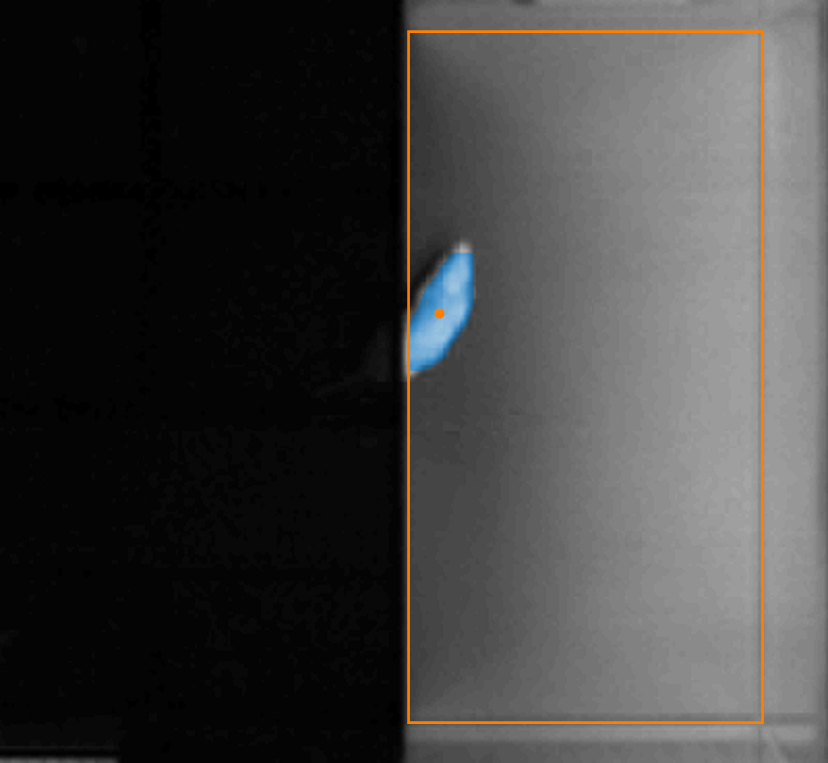
Hidden zones
ANY-maze includes support for one or more hidden zones in your apparatus. When the camera can’t see the animal it is considered to be in a hidden zone. In the case of multiple hidden zones, the specific zone it is in is determined by where it was last seen. In the Light/Dark box there is typically only one hidden zone, so setting it up is very straightforward.
ANY-maze also allows you to specify what proportion of the animal needs to leave a hidden zone for an exit from the zone to occur. This can be very useful to fine-tune exits – for example, you may want to count the animal as leaving the dark side when just 15% of its body (i.e. its head) is visible.
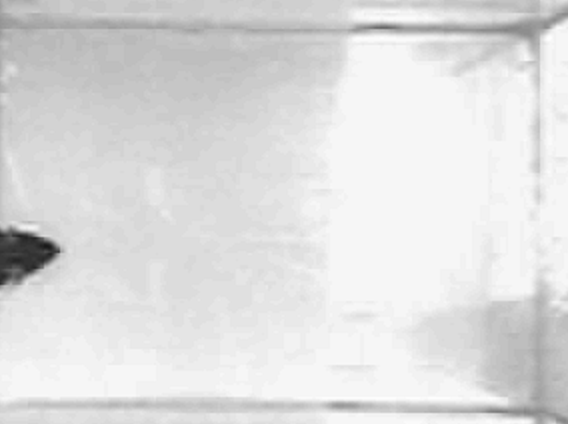
Tracking in the dark side
By using an ANY-maze infrared illuminator (shown here) together with an infrared sensitive camera, such as the ANY-maze USB camera, ANY-maze is able to see through black infrared transparent Perspex. We make the dark side of our Light/Dark box from this material, which means it is possible to track the animal’s activity in both side of the apparatus.
This allows a much richer set of results to be reported – for example, you can compare the distance travelled, the speed, the time immobile, etc. between the light and the dark sides.
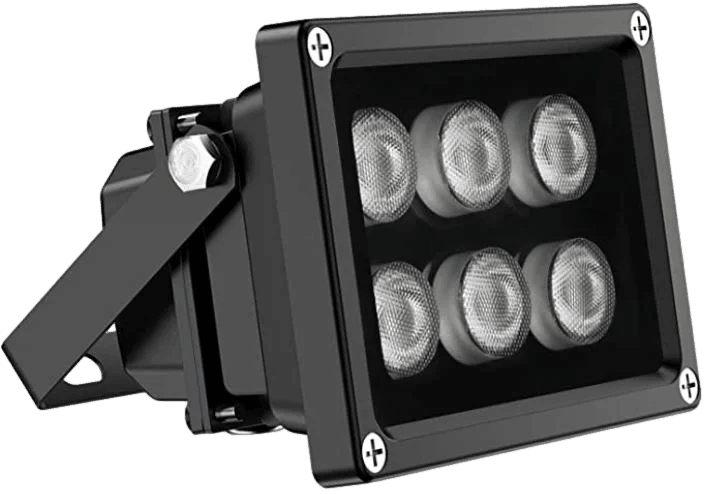
Detecting rears
ANY-maze detects rearing using an array of photo-beams positioned such that when the animal rears it breaks beams in the array. We manufacture an array of this type designed specifically for use with ANY-maze – it’s pictured on the right, as part of the ANY-box system, together with our Light/Dark box.
If the dark side of your Light/Dark box is made from infrared transparent black Perspex (as is the case of the box pictured here) then you will be able to detect rears in both sides of the box and compare them.
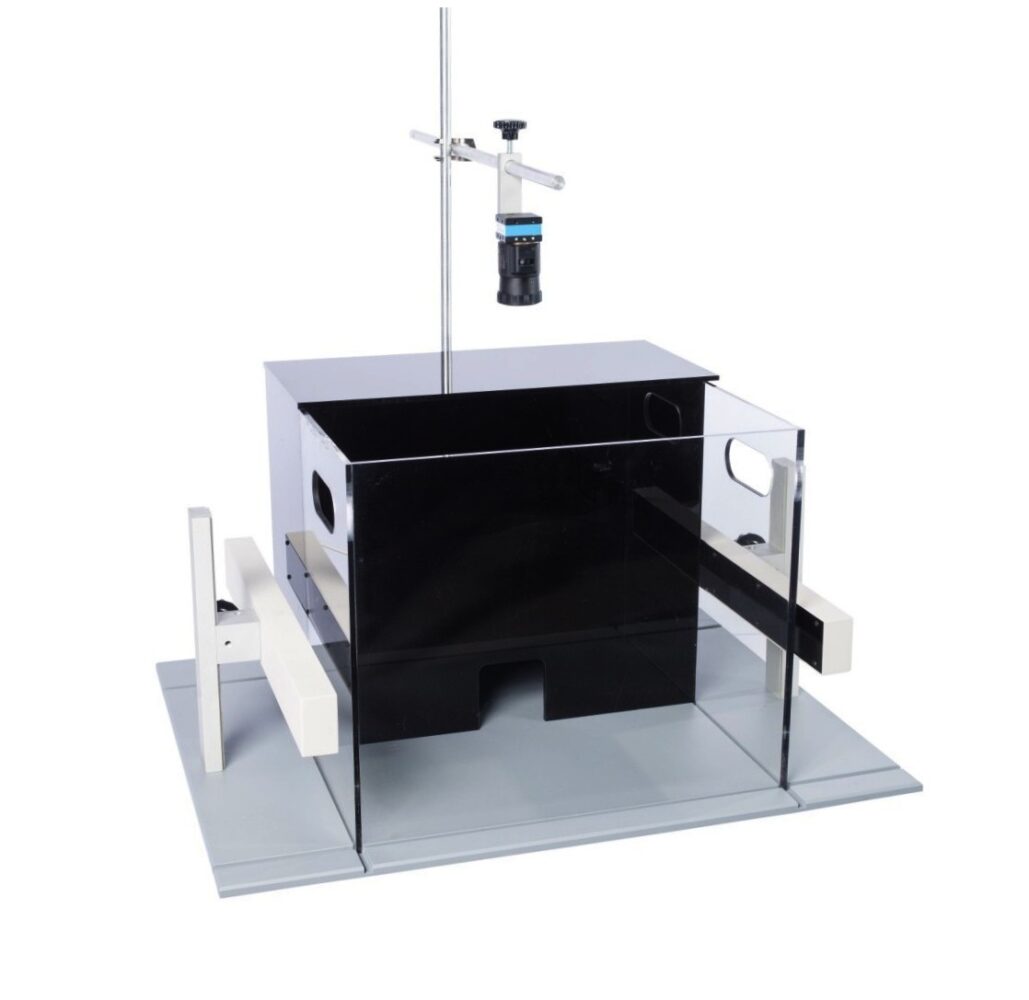
Tracking simultaneously in multiple apparatus
Tracking simultaneously in, for example, four Light/Dark boxes is a great way to speed up throughput in an experiment.
- Setting up multiple boxes is hardly any more work than setting up one, as most settings are automatically applied across all the apparatus.
- You can have a single camera for each box, or you can have multiple boxes viewed by the same camera, or any combination – for example, two cameras each viewing two Light/Dark boxes.
- Tests in all the apparatus can be run independently, or you can control them together if you prefer.
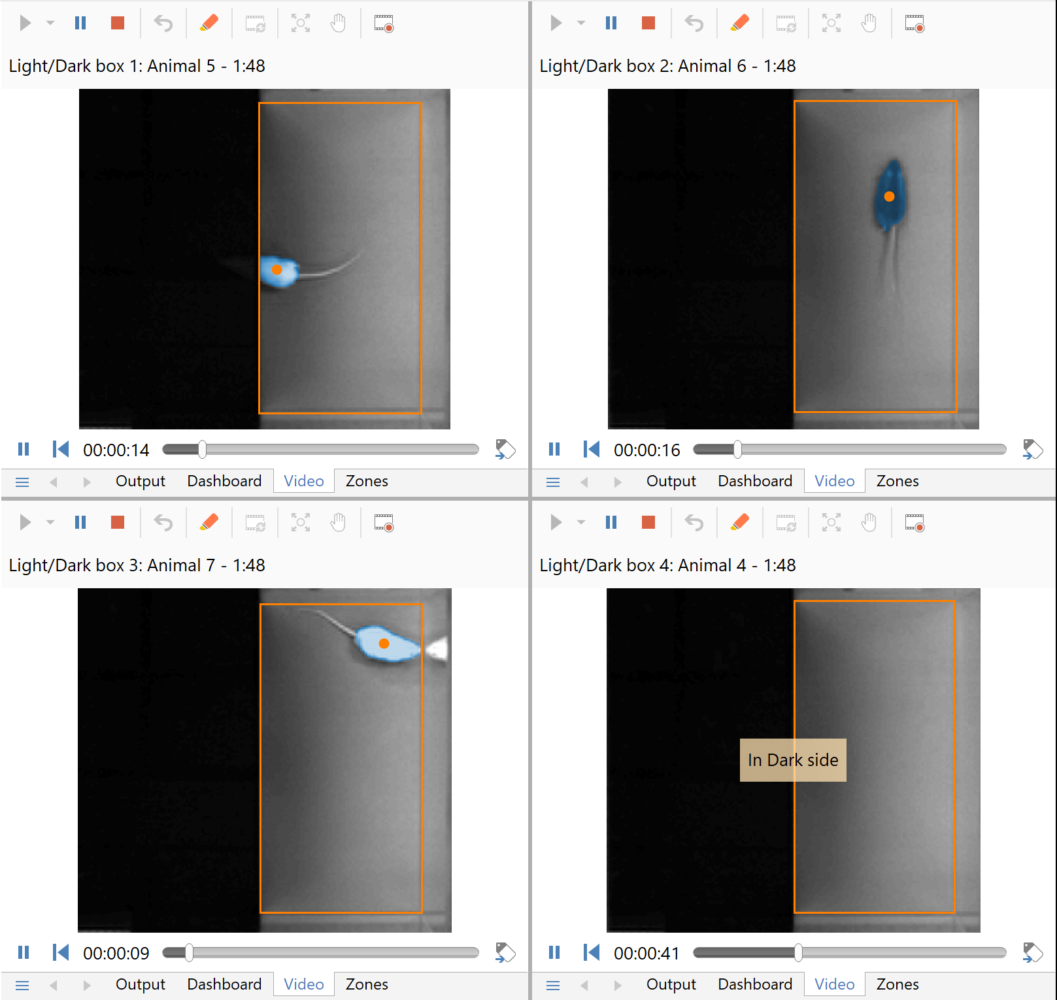
Viewing the animal's track
ANY-maze can plot the animal’s track or as a heat map.
Track plots, like the one on the right, show where the animal went during the test. In this case the green marker shows where the animal started the test, the red marker where it ended it and the orange markers indicate where the animal was immobile for two seconds or more.
As is clear from this plot, the animal was more active in the dark side (in the left) than in the light.
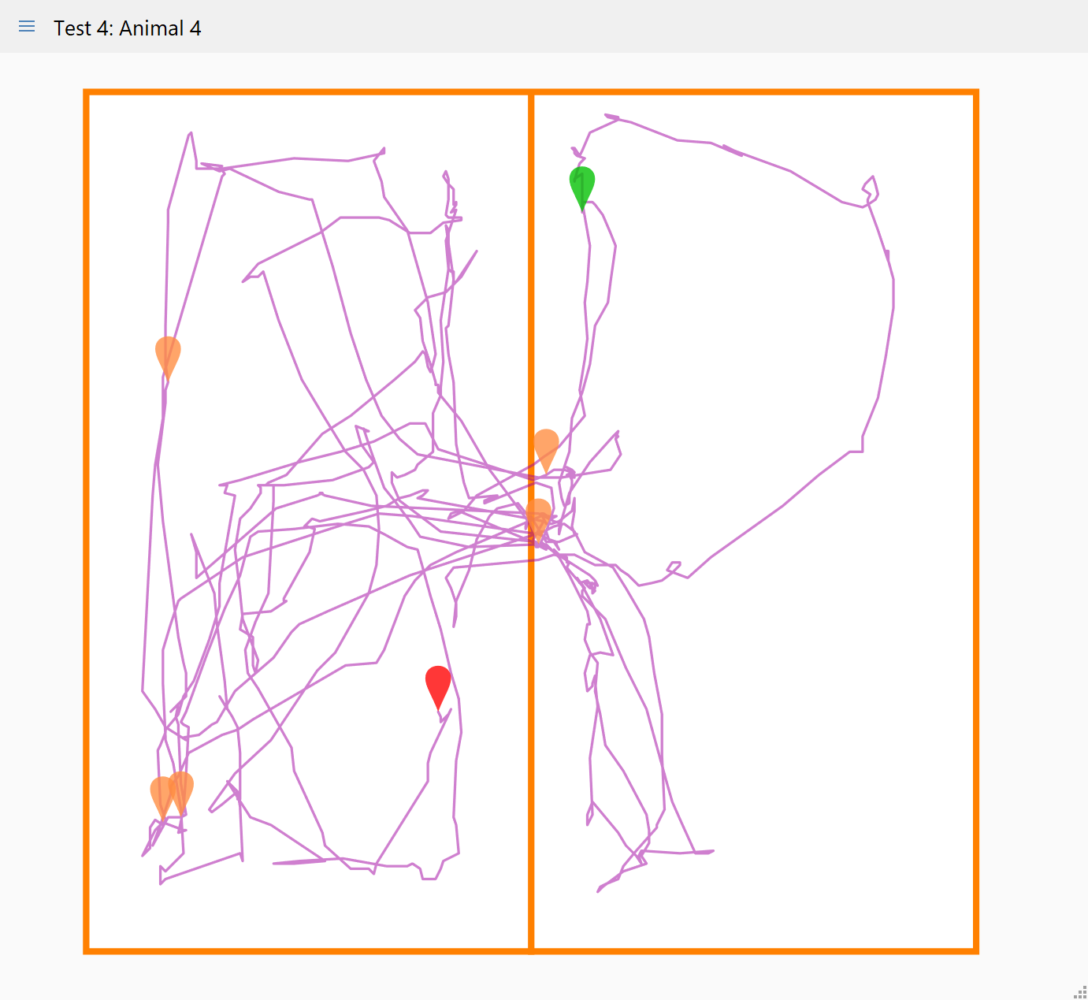
Results
ANY-maze can provide literally hundreds of results for any test, but some of those that are particularly useful in the Light/dark box include:
- Time in the light side
- Time in the dark side
- Distance travelled in the light side
- Distance travelled in the dark side
- Number of visits to the dark side
- Time immobile in the light side
- Time immobile in the dark side
- Percentage of time in the dark side
White mouse tracked in both sides of a Light/dark box
In this video a white mouse is tracked in both the light and dark sides of a light/dark box. Normally one would do this under infrared light, which makes the animal clearly visible on the dark side, but in this case the test was performed in normal lighting – however, there’s enough infrared in the room lights to make the animal just visible in the dark side, which ANY-maze capitalises on.
Light/dark box
We manufacture our own light/dark box, which is available for rat or mouse (the mouse version is pictured on the right). The walls fit solidly into a slotted, grey, non reflective base-plate, but lift off for easy cleaning.
The dark side of the box is made from infrared transparent black Perspex, which, under infrared light, allows a suitable camera to see into the dark side. This means you're able to track the animal's behaviour throughout the apparatus.
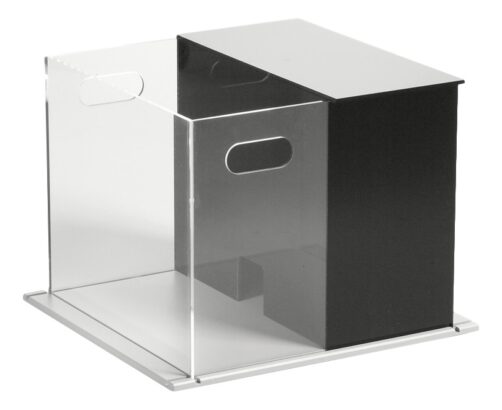
Cameras
USB camera
The ANY-maze USB camera is an excellent choice for the open field. We recommend fitting this camera with a varifocal (zoom) lens, so you can simply zoom in and out until the open field nicely fits the camera's view. None of the lenses we supply block infrared, so they're all suitable for tracking with infrared illumination allowing ANY-maze to see into both sides of the apparatus.
View more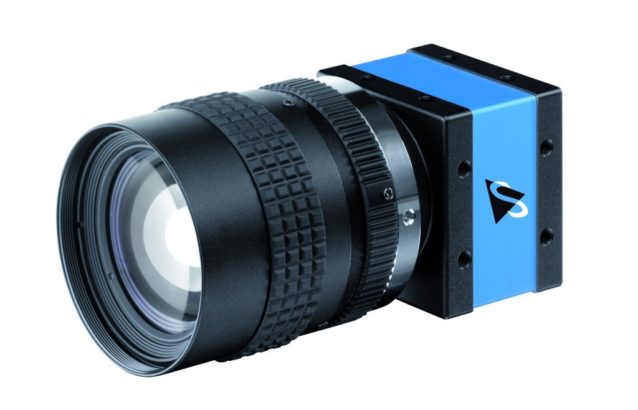
Web cam
A webcam provides an inexpensive alternative to the ANY-maze camera. If you intend to test in normal lighting conditions (>= 100 lux) and you can mount the camera far enough from the open field for it to see it all, then a webcam should work well.
However, there are a couple of potential issue with webcams to be aware of: most have quite short cables, and some include an infrared blocking filter and so can't be used with infrared illumination.
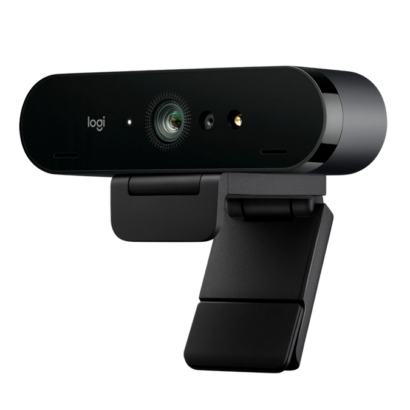
Illumination
Infrared illuminator
The dark side of our Light/dark box is made from infrared transparent black Perspex. If you use an infrared illuminator and a suitable camera, ANY-maze will be able to see into the dark side of the box and will track the animal's activity there.
View more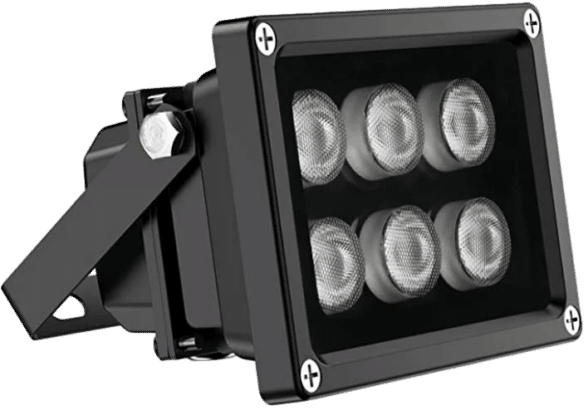
Wiktorowska L et al. (2021) Knockdown of the astrocytic glucocorticoid receptor in the central nucleus of the amygdala diminishes conditioned fear expression and anxiety. Behavioural Brain Research. 402: 113095
Fyke W et al. (2021) Pharmacological inhibition of the primary endocannabinoid producing enzyme, DGL‐α, induces autism spectrum disorder‐like and co‐morbid phenotypes in adult C57BL/J mice. Autism Research
Oh WC et al. (2021) Dysregulation of the mesoprefrontal dopamine circuit mediates an early-life stress-induced synaptic imbalance in the prefrontal cortex. Cell Reports. 35:109074
Ornelas LC et al. (2021) Increased alcohol self-administration following exposure to the predator odor TMT in active coping female rats. Behavioural Brain Research. 402:113068
Aidan L et al. (2021) DAGLα Inhibition as a Non-invasive and Translational Model of Episodic Headache. Frontiers in Pharmacology.11:2373
Ulker, E. et al. (2020). C57BL/6 Substrain Differences in Formalin-Induced Pain-Like Behavioral Responses. Behavioural Brain Research, 112698.
Ueno, H. et al (2020). Effects of repetitive gentle handling of male C57BL/6NCrl mice on comparative behavioural test results. Scientific reports, 10(1), 1-13.
Davis, K. C. et al (2020). Behavioral Alterations in Mice Carrying Homozygous HDAC4A778T Missense Mutation Associated With Eating Disorder. Frontiers in neuroscience, 14, 139.
Manojlović-Stojanoski, M. et al (2020). The effects of prenatal dexamethasone exposure and fructose challenge on pituitary-adrenocortical activity and anxiety-like behavior in female offspring. Tissue and Cell, 62, 101309.
Karl, F. et al (2019). Affective and cognitive behavior is not altered by chronic constriction injury in B7-H1 deficient and wildtype mice. BMC neuroscience, 20(1), 16.

 Setting up apparatus
Setting up apparatus Video capture & tracking
Video capture & tracking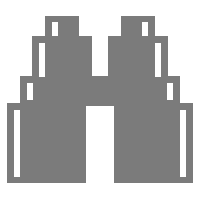 Observing behaviour
Observing behaviour Connecting equipment
Connecting equipment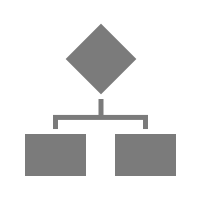 Automating complex tests
Automating complex tests Running tests
Running tests Results
Results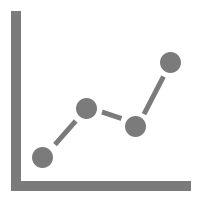 Visualising data
Visualising data Analysis
Analysis Transferring data
Transferring data Open field
Open field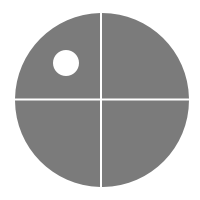 Water-maze
Water-maze Y-maze
Y-maze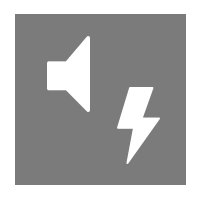 Fear conditioning
Fear conditioning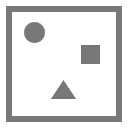 Novel object
Novel object Barnes maze
Barnes maze Radial arm maze
Radial arm maze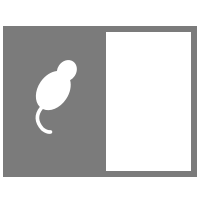 Light/dark box
Light/dark box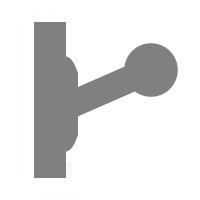 Operant conditioning
Operant conditioning Zebrafish
Zebrafish Computers
Computers Multifunction remote
Multifunction remote Accessories
Accessories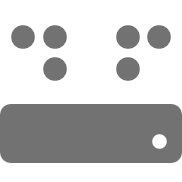 Digital interface
Digital interface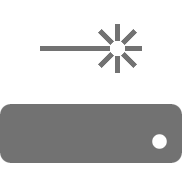 Optogenetic interface
Optogenetic interface Synchronisation interface
Synchronisation interface Relay interface
Relay interface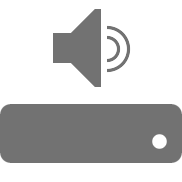 Audio interface
Audio interface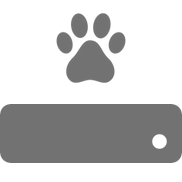 Touch interface
Touch interface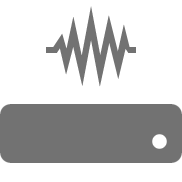 Analogue interface
Analogue interface USB TTL cable
USB TTL cable Animal shocker
Animal shocker Components
Components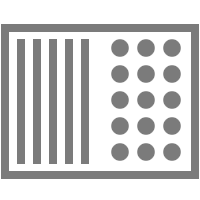 Place preference
Place preference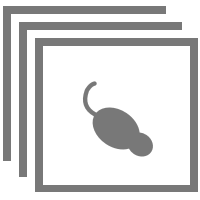 ANY-box
ANY-box T-maze
T-maze Zero maze
Zero maze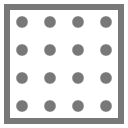 Hole board
Hole board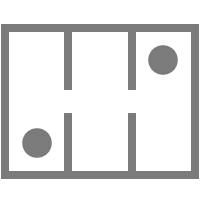 Sociability cage
Sociability cage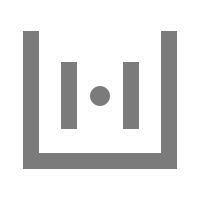 OPAD
OPAD RAPC
RAPC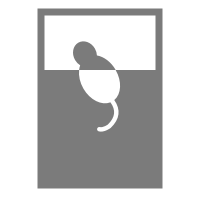 Waterwheel forced swim test
Waterwheel forced swim test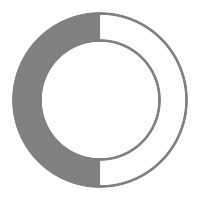 Thermal gradient ring
Thermal gradient ring Operon
Operon Activity Wheel
Activity Wheel Full ANY-maze licence
Full ANY-maze licence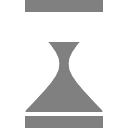 Other licence types
Other licence types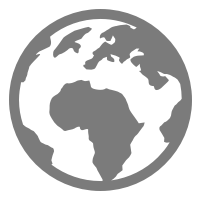 Developing countries licence
Developing countries licence Contact support
Contact support Support Policy
Support Policy FAQs
FAQs Guides
Guides Downloads
Downloads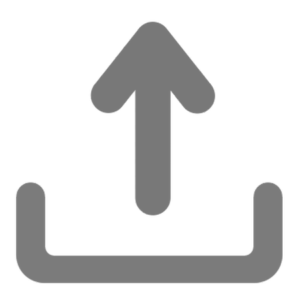 Send us files
Send us files Activate a licence ID
Activate a licence ID Contact us
Contact us Blog
Blog About
About Testimonials
Testimonials Privacy Policy
Privacy Policy


